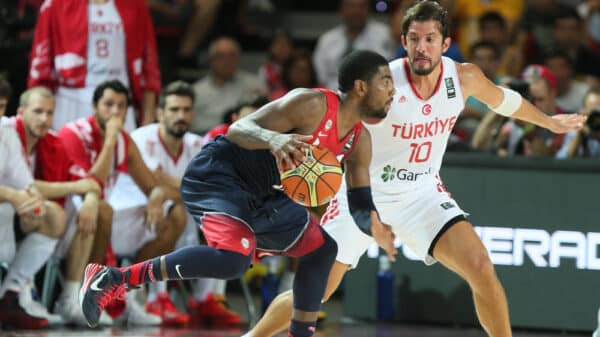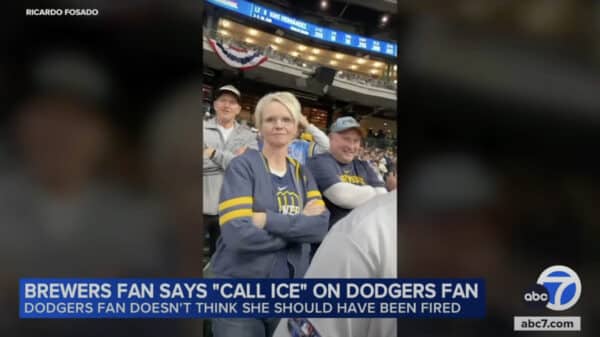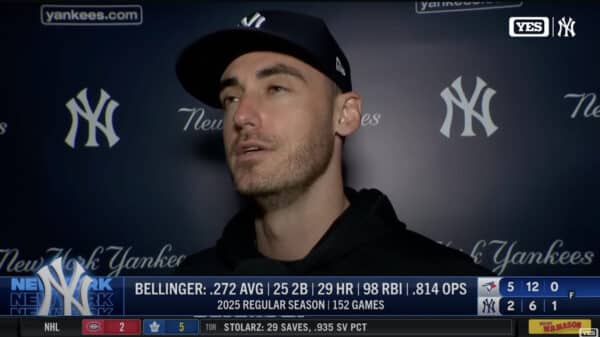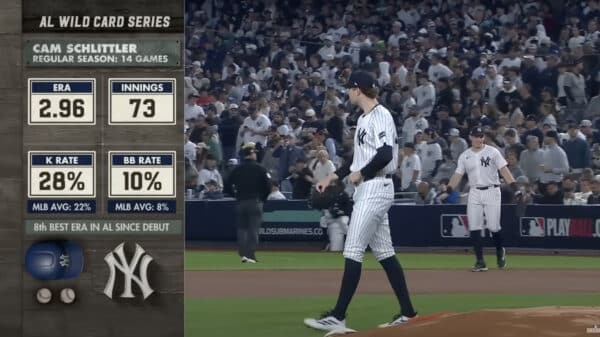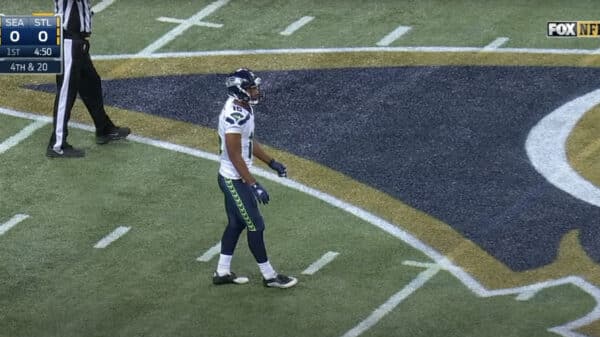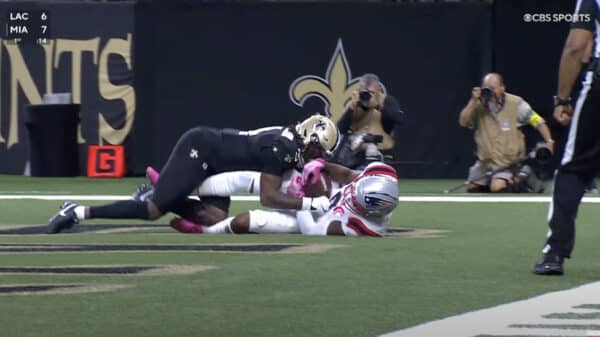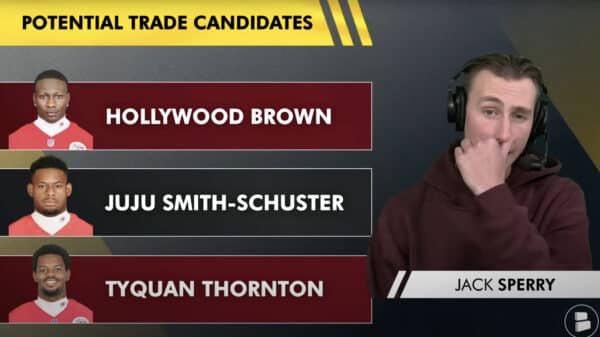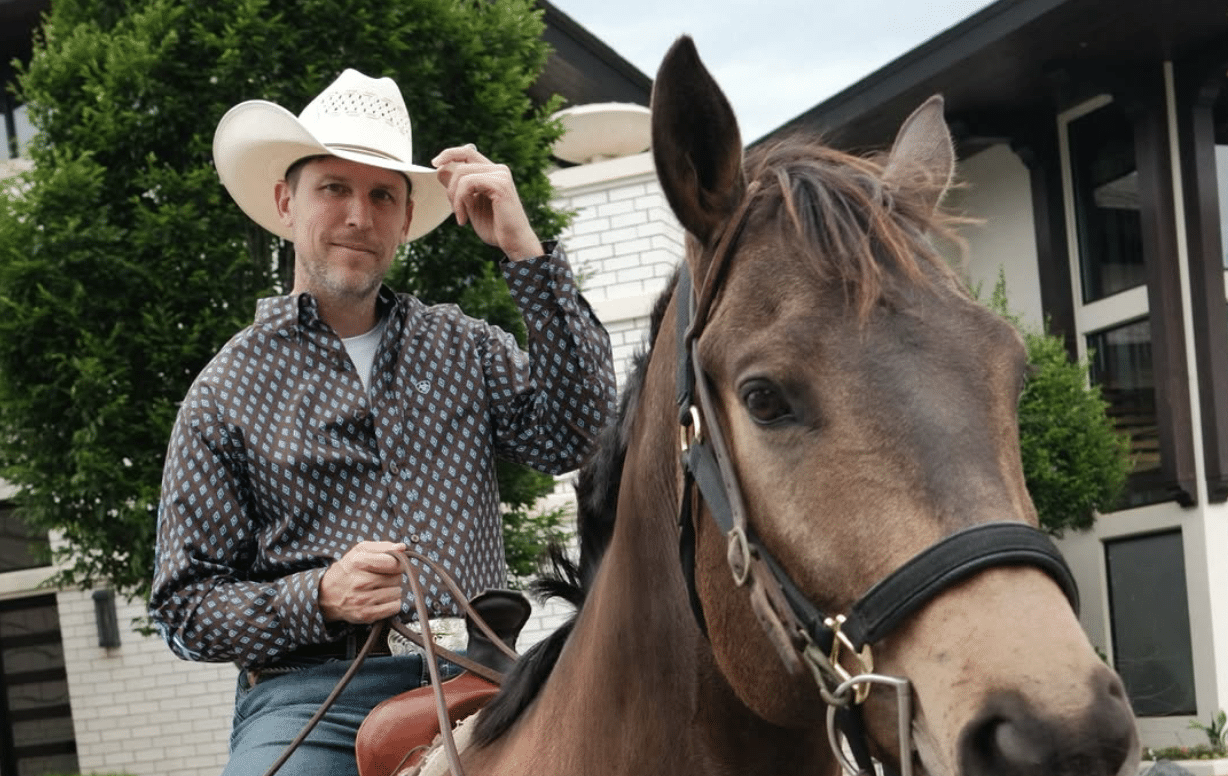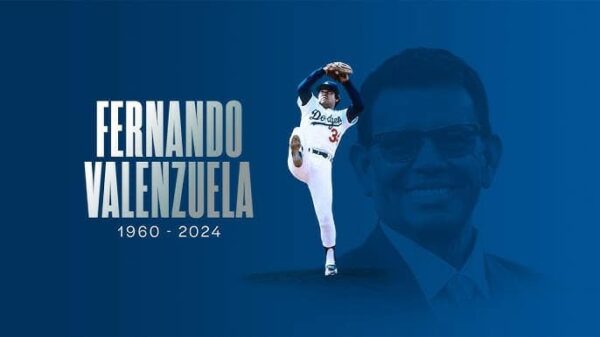Denny Hamlin’s evolution as NASCAR’s “heel” has sparked both cheers and boos from fans nationwide. His outspoken nature, fierce competitiveness, and controversial racing tactics have made him a polarizing figure in the world of motorsports. As he leans into this persona, the question arises: is Hamlin really the villain fans perceive him to be?
The Dual Nature of a NASCAR Star
At any given race, you’ll hear a mixed chorus of admiration and disdain for Hamlin. Some fans extol his skills and charisma, while others label him an “a**” and relish the drama that comes with his competitive spirit. This dichotomy is not just a coincidence; it’s a product of his relentless pursuit of victory and his knack for stirring the pot on the track.
Hamlin’s racing style is characterized by bold maneuvers and heated exchanges with rivals. His infamous clash with Kyle Larson at Pocono serves as a case in point. While Hamlin vehemently denied any wrongdoing, the incident only fueled his “bad guy” image in the eyes of onlookers.
Navigating the Fine Line Between Hero and Villain
In a recent interview with The Athletic, Hamlin offered insights into how he’s perceived. “I don’t think I’m an a**hole,” he stated emphatically, suggesting that much of the negativity stems from those who haven’t interacted with him personally. He pointed out the misinterpretations that can arise from his trash-talking and aggressive racing style—traits often celebrated in competitive sports yet criticized when they contribute to a negative persona.
For many NASCAR insiders, Hamlin is anything but a villain. His professionalism and willingness to share insights with his peers showcase a different side, often overshadowed by his public persona. While fans may only see the loud, brash Denny on race day, those who are closer to him recognize his depth and complexity.
The Importance of the Villain Role
Every compelling narrative needs an antagonist, and Hamlin plays this role masterfully. His ability to elicit strong reactions—be it love or hate—adds to the drama of the sport. NASCAR thrives on rivalries, and Hamlin’s dynamic with fellow drivers makes him a central figure in this ongoing saga.
This complex relationship with fans only enriches NASCAR’s storytelling. It keeps audiences engaged and ensures that Hamlin remains a topic of conversation long after the checkered flag falls. Whether he’s celebrated or reviled, he embodies the essence of sports as a form of entertainment that crosses beyond mere competition.
Concluding Thoughts
Denny Hamlin’s persona as the “villain” of NASCAR may not tell the whole story about who he is as a driver or a person. While his racing style and personality have created a stark divide among fans, they also generate valuable narratives that keep the sport alive and dynamic. Hamlin’s journey reminds us that in sports—and perhaps in life—the lines between hero and villain are often blurred, transforming ordinary competition into extraordinary storylines.
Image Source: Denny Hamlin @ Instagram






